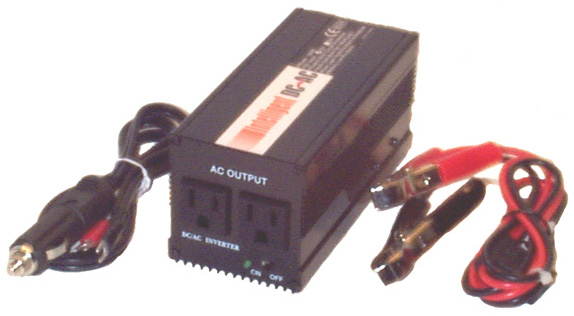

Restraint: Varying regional/country-wise regulatory compliance and safety standardsĪ number of international and domestic regulations and standards have been formulated for DC-DC converters with an aim to prevent injury or damage to people and property due to potential dangers such as electric shock, energy hazards, fire, mechanical & heat hazards, radiation hazards, and chemical hazards. They enhance efficiency and reduce fuel consumption of vehicles as well as increase the vehicle output power per unit of volume. DC-DC converters in electric vehicles are used to increase or decrease voltage levels from attached batteries based on the power requirements of different systems used in vehicles. For instance, the government of France has introduced an environmental bonus to promote low CO2 emission models the German government gives a grant of USD 2,370 for BEVs & FCEVs and USD 1,780 for PHEVs and the Chinese government provides subsidies for the electrification of vehicles. The demand for electric vehicles is growing significantly across the globe, owing to the ambitious plans and initiatives of governments of different countries such as India, China, France, Germany, the US, the UK, etc., to reduce emissions from vehicles by promoting the use of eco-friendly vehicles, and are helping develop infrastructure for these vehicles as well. Automotive DC-DC Converters Market Dynamics: Driver: Growing adoption of energy-efficient electric vehicles Thus, the rise in technology trends of digitalization in vehicles, connectivity, and advanced safety features will drive the demand for DC-DC converters. Increasing penetration of in-vehicle screens will lead to the easy integration of many of these digital features. Digital services and features are being readily accepted by people as a way to stay connected, trackable, and safe. The COVID-19 pandemic has led to many changes in car-buyer behavior and attitude. The easing of lockdowns in many countries of Europe coupled with stimulus packages to support economic revival seems to have started benefitting the region’s automotive industry. Vehicle shipments reached close to 2.2 million units in August, up 11.6% on a YoY basis. The automotive industry in the US continued to remain fragile in the month of August and September, while China automotive sales continue their fast recovery. According to industry experts, automotive sales are most likely to decrease 14-22% among the Chinese, US, and European markets in 2020.

This is placing intense pressure on an industry already coping with a downshift in global demand and likely leading to increased merger & acquisition activity. Symptoms include a disruption in Chinese parts exports, large-scale manufacturing interruptions across Europe, and the closure of assembly plants in the US. The COVID-19 pandemic has had a severe impact on the globally integrated automotive industry.
#Automobile power converter for free
To know about the assumptions considered for the study, Request for Free Sample Report COVID-19 impact on the Automotive DC-DC Converters Market
#Automobile power converter driver
The growing adoption of energy-efficient electric vehicles to curb GHG emissions from the automotive industry the requirement of improved safety, fuel efficiency, and advanced driver assistance systems and the growing demand for safety and connectivity features in passenger vehicles are driving the demand for DC-DC converters across the automotive industry. This has also led to the development of technologically advanced DC-DC converters to cater to the power supply requirements of various automotive vehicles such as battery electric vehicles, plug-in hybrid electric vehicles, and fuel cell electric vehicles, among others. Electronic component manufacturers require advanced and miniaturized DC-DC converters for use in their electronic devices to reduce the overall space occupied by device circuits as well as improve their performance. These converters are designed to operate at high switching frequencies to reduce the size of output capacitors and inductors to save the onboard space of power equipment. Automotive DC-DC converters are devices that transform input DC that has a range of voltages into regulated DC with a stable output voltage. The global automotive DC-DC converters market size is projected to grow from an estimated USD 339 million in 2020 to USD 1,432 million by 2025, at a CAGR of 33.4% during the forecast period.


 0 kommentar(er)
0 kommentar(er)
